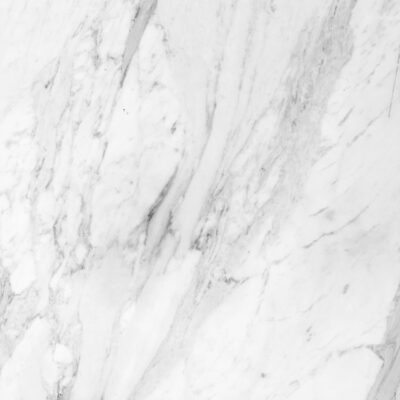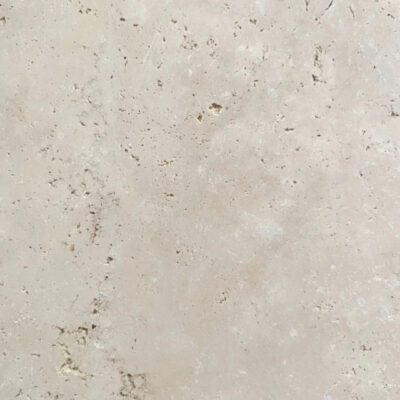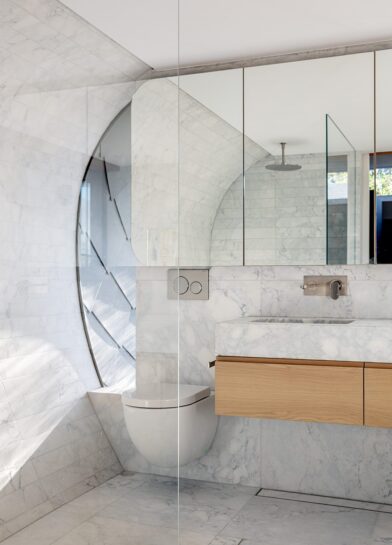The correct stone can create a natural, beautiful, lifelong finish around any swimming pool. However not all stone should be used around a swimming pool and it is almost impossible to tell suitability just by looking at a piece on display.
The type of stone (limestone, travertine, marble, granite, basalt, sandstone etc.) does not define whether it is suitable. Not one test- be it salt testing, slip testing, abrasion resistance, or porosity, can define a stones suitability for around a pool. Additionally, stone quality cannot be defined by country or region.
At Lithic we have focused our selection process for all outdoor stones around a combination of critical characteristics:
- Salt Resistance
- Slip Resistance
- Specific Gravity
- Abrasion resistance
- Wear resistance
- Modulus of rupture
- Compressive strength
- Porosity
- Geological structure
- Chemical makeup
Understanding the above allows us to create profiles of each stone type, and helps us to predict its performance.
-
What to watch out for with Limestone
- A honed limestone shouldn’t meet the required slip resistance. If it does the chances are it is too porous. High available porosity in limestone often leaves the stone open to significant salt attachment and other chemical decay.
- A sandblasted limestone should not have deep, wide gouges in the surface. These indicate potential area of future decay due to a different makeup in the layering of the limestone.
- Always look at the back of dark limestones. Be wary of thin dark grey or black veins. These often indicate silt line which will allow for rapid decay in the stone.
-
What to watch out for with Travertine
- In Australia, we often incorrectly judge travertine purely on the amount or size of cavities. This is a misleading position to take. Travertine by nature has cavities and they are not the best indicator of quality. Instead one should observe that cavities are well distributed, crystalline, and free of foreign material like clay.
- Impurities are our biggest concern with travertine. Soft spots (sandy surfaces) or clay are the two greatest risk factors in longevity of travertine.
- The surface should be structurally consistent and dense (the material between cavities).
- Strong colour patches (red or grey) should be avoided along with inconsistent colouring.
-
What to watch out for with Marble
- Marbles should be sandblast for pool surrounds.
- Marbles should not be tumbled. This generally indicates a soft marble or dolomite, and these types of stones generally won’t stand up to chemical and physical wear and tear.
- Veins within the marble should be structural and not show significant pitting or major colour variation post sandblasting.
We know this is a lot to take in. Our staff are always available to help you with the correct information for your project.





